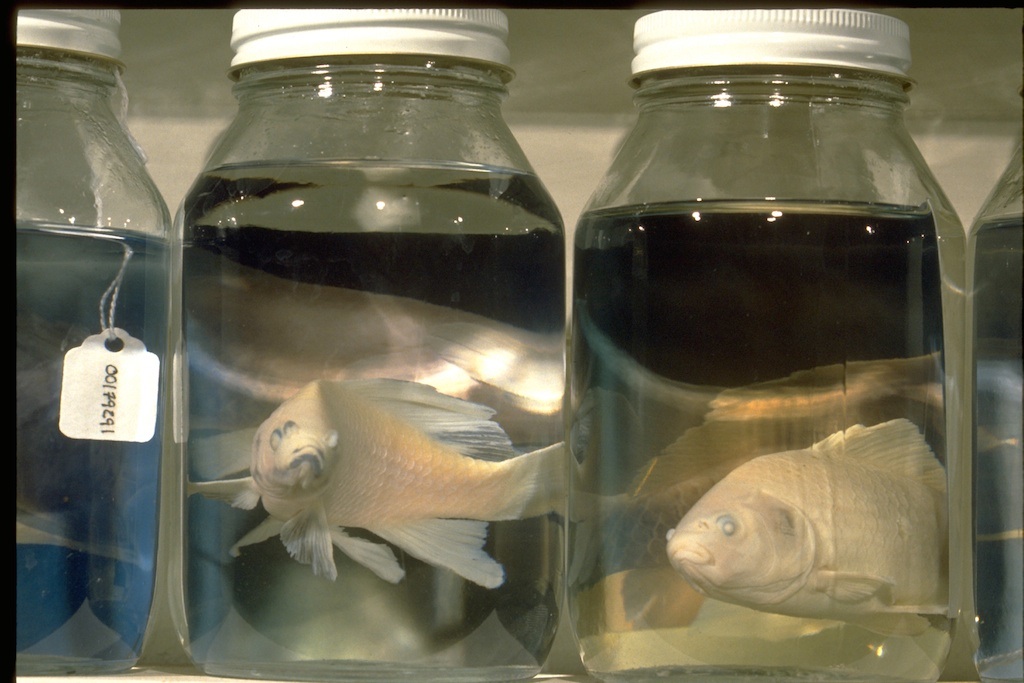
At the AAM meeting in Houston this May, artist Tracy Hicks will create an installation on the future of natural history museums and the influence of natural history museums on the future of the earth. One of the things I love about Tracy’s work is the interplay of meaning between preservation (in museums), destruction (of environments, of species), transience (of individuals) and permanence (of species and environments, we hope!) I hope it provokes similar musings in conference attendees, as we invite them to think about how what natural history museums do now can shape the future world, and what natural history museums may look like in the future. To jump-start the conversation, here are some observations from John Simmons, principal of Museologica and author of AAM’s best-selling Things Great and Small: Collections Management Policies.
The Renaissance cabinets of curiosities were conceived as microcosms of the universe, samplings of rare and unusual objects that could reveal the secrets of divine order.The idea of museum collections as extractions of the world continues to drive collecting in modern natural history museums.Tracy Hicks’ art takes extraction to abstraction by examining the interface between science and culture.Scientific collecting is a quest for knowledge, but the reasons collections are made and the way specimens are preserved also an expression of the culture we live in.
My first contact with Tracy occurred when one of his installations was shut down by the fire marshal because it contained dozens of jars of goldfish preserved in alcohol.Through frantic emails and telephone calls, we discussed alternative preservatives that would not violate fire code, and our mutual interests in preservation and conservation culminated in Tracy coming for a visit.
 |
| Collection: Correlation, University of Texas at Arlington ©Tracy Hicks |
At the time, I worked in the Natural History Museum & Biodiversity Research Center at the University of Kansas, which houses a very large collection of amphibians.Tracy wanted to try out a procedure he had developed for making casts of rare and fragile fluid-preserved specimens.I was highly dubious, but Tracy proved that his method was safe, so he was granted permission to work with the collections.A colleague of mine named Marjorie Swann (author of Curiosities and Texts: The Culture of Collecting in Early Modern England) liked to challenge perceptions about scientific collections, so I invited her over to the lab to meet Tracy.And thus began a fascinating and spirited series of discussions about scientific collections as cultural enterprise.
Tracy is fascinated by the ordered arrays of objects and specimens in museum storage areas.Much of his art is concerned with why we save what we save, how we sort it out and arrange it, and how this impacts our understanding of nature.In 2004, Marjorie and I obtained funding from The Museum Loan Network for Tracy to make 1700 jars of glow-in-the-dark casts of Asian frogs from the Field Museum and Latin American frogs from the University of Kansas collection for an installation he called Two Cultures: Collections (in reference to the 1959 essay by C.P. Snow about the lack of communication between the sciences and the humanities).
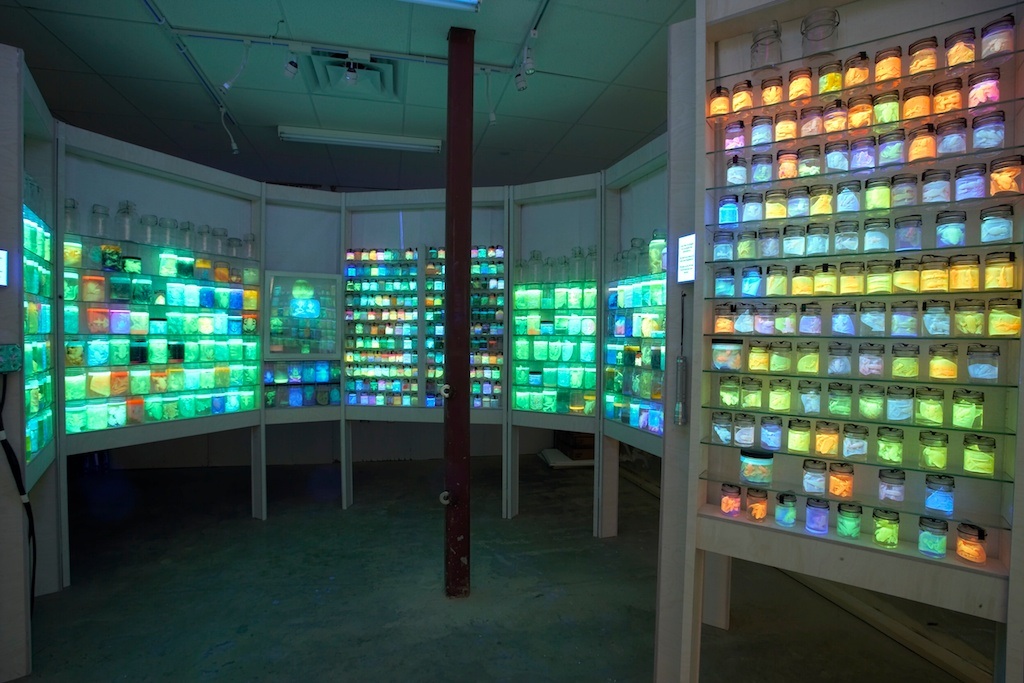 |
| Two Cultures: Collections ©Tracy Hicks |
Tracy’s interest in amphibian conservation has led him to participate in field work in Guatemala and to take on the delicate task of raising rare poison dart frogs in his studio, both of which are deeply reflected in his art.My collaboration with Tracy has stimulated me to see collections from an entirely new perspective, and find deeper reasons for why we put things in museums and value them as we do.As I have watched Tracy’s art evolve in complexity and take unexpected new directions, I have discovered new ways that natural history collections can use the past to predict the future.
Preview Tracy’s work-in-progress in his studio here, watch this space for more commentary from the field and come see the final installation in the AAM Showcase at the annual meeting in Houston!





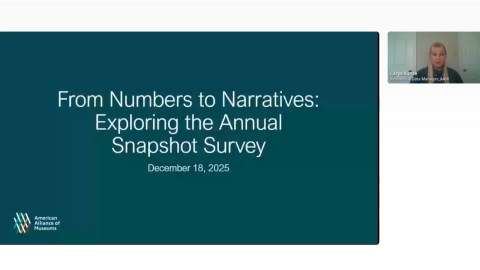
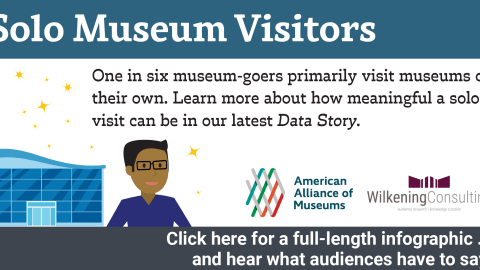
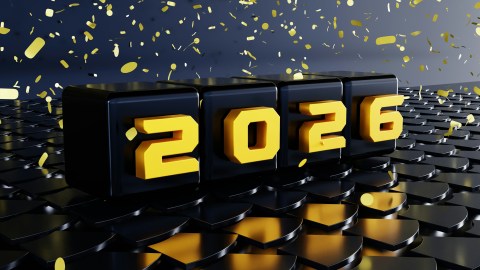

T
I am honored by this description of our experience working together, John. Over the years your willingness to share your knowledge in all realms of collection, science and life has added a much more solid foundation to my work.
Your closing insertion that my work has changed the way you interpret collection is most significant to me. I am here in my studio now continually in the process of sorting and resorting collections while documenting the process with short animated videos of still images: http://www.tracyhicks.com/ex.htm This page on my website will evolve daily with links to the current animations and thoughts. Soon, I will also start posting blog entries (here on the CFM blog) describing the conceptual aspects of reinterpreting collection.
The current animation is here: http://www.tracyhicks.com/aam_cfm1.htm
Tracy
After 40 years, or so, working in Natural History Museums (the last 20 at the Smithsonian), I left to form my own consulting firm, Chora, with my partner Maria Elena Gutierrez. One project we developed was a Natural Futures Museum instead of a Natural History Museum. The reasoning was that most contemporary visitors to natural history museums are intrigued by both where things come from and where they are going. Unfortunately, most natural history museum research is steadfastly descriptive and avoids predictive science. As a result, there can be a disconnect between the behind-the-scenes and front-of-the-house messages. One question that haunts natural history museums is the moral question: what ought we do? Most natural history museums avoid this moral question for both intellectual and political reasons, but it remains an urgent question for our clients. Visitor surveys at the Smithsonian persistently demonstrated that people entered with a strong conservation ethic, but were clueless about what to do. Natural History museums are often mute on this subject with two perilous results. Either the public assumes that there is no urgency in these issues or the museum would be talking about it, or there is urgency and the museum is merely irrelevant to the issue. The policy should be that where the science is strong, natural history museums should speak with clarity and courage about the important scientific issues of our day. Speaking with clarity and courage is increasingly risky these days given the fragile nature of public and corporate funding and the shrill and threatening character of the public scientific debate these days. We need champions and hope this conference topic will begin a courage inducing dialogue.